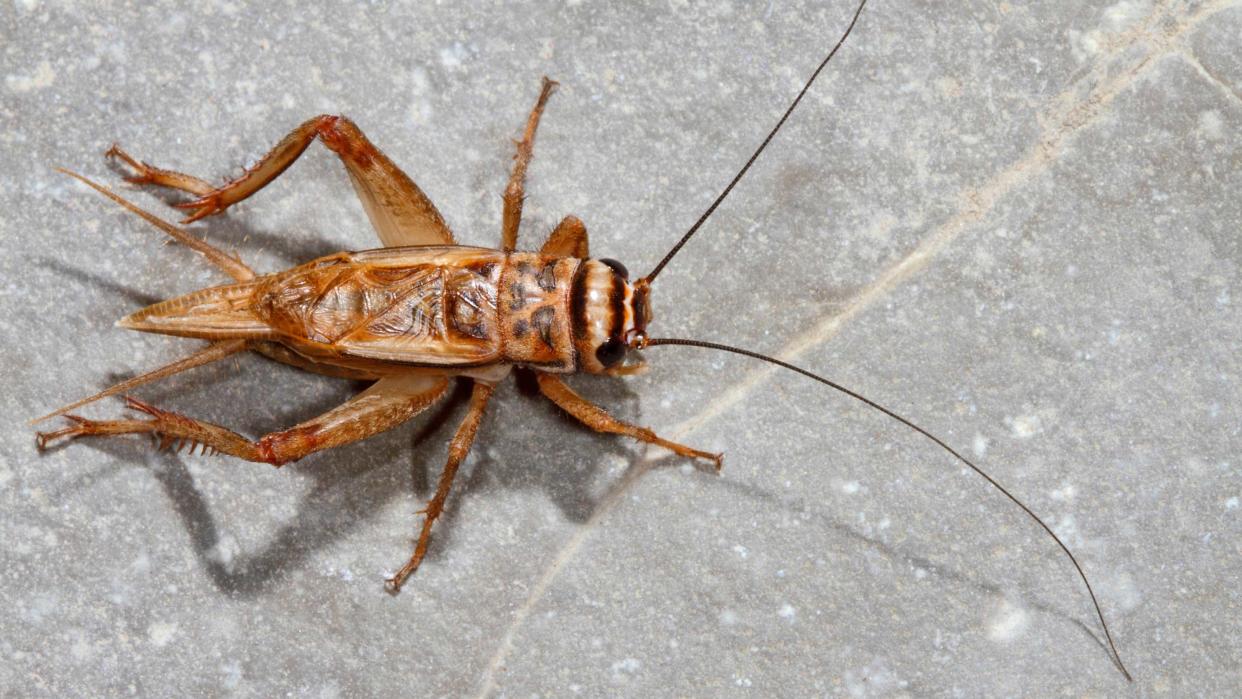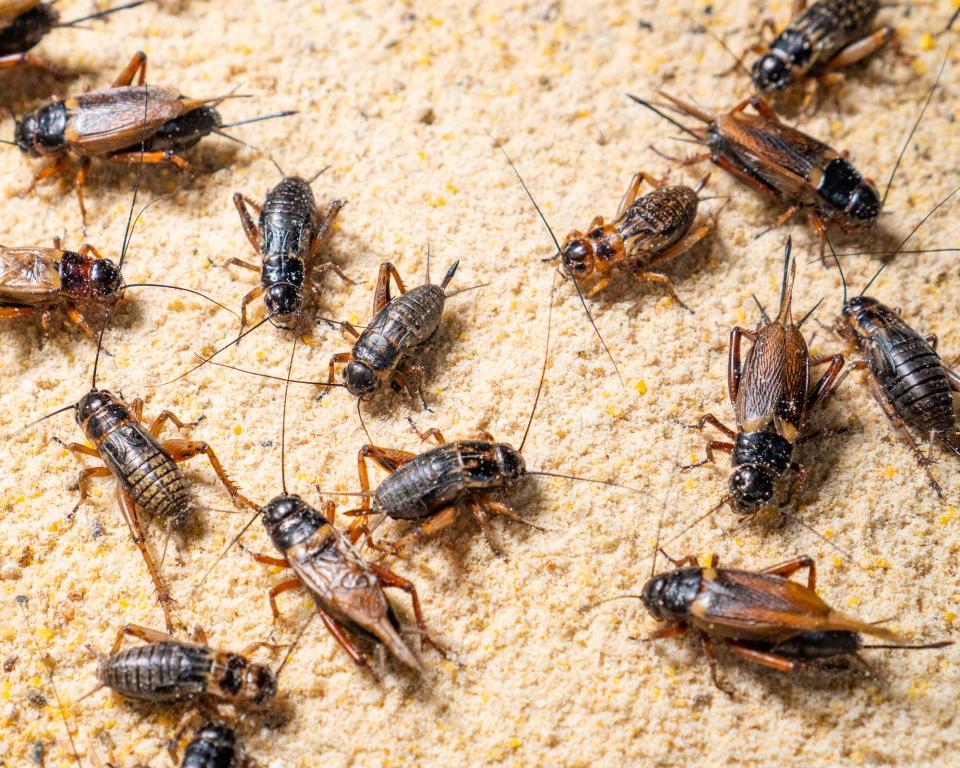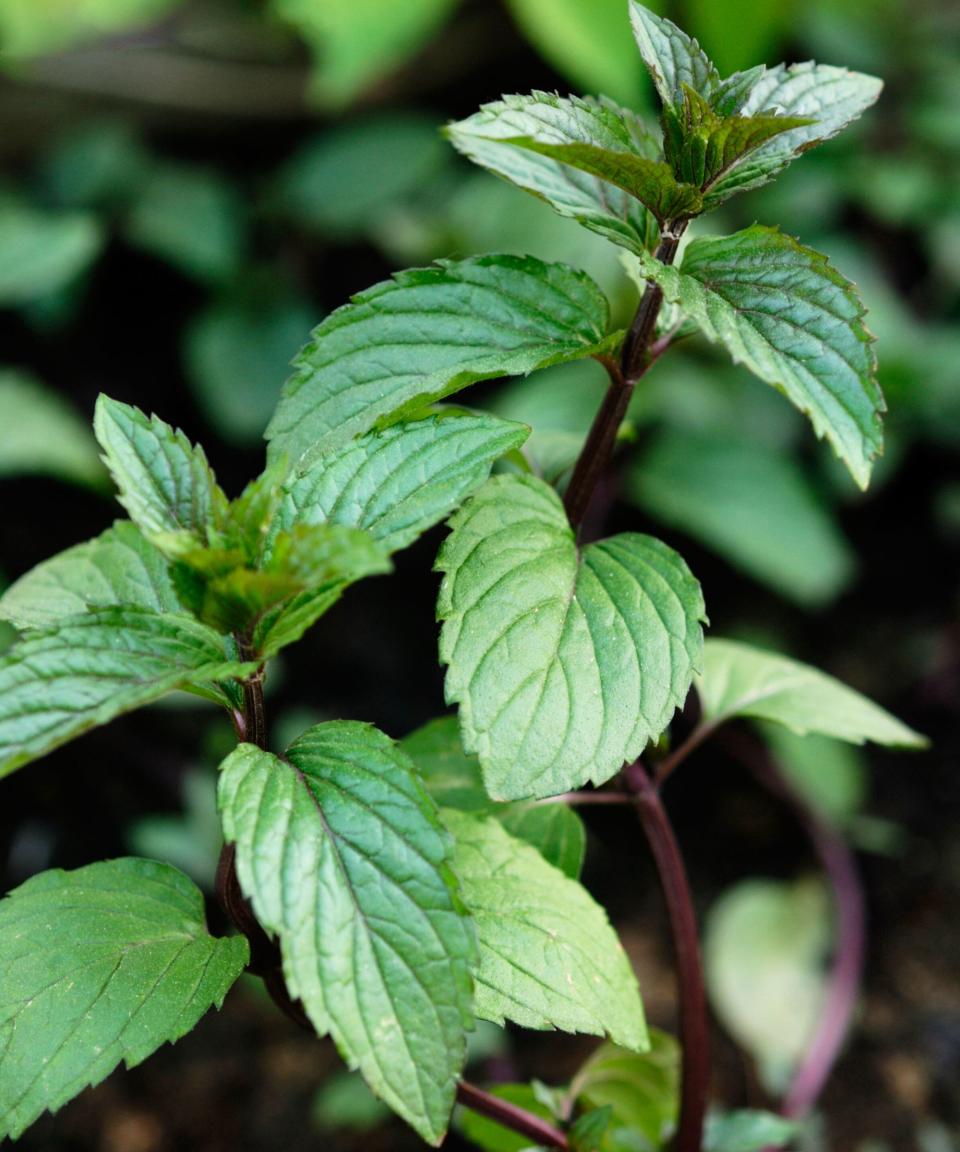How to get rid of crickets inside the house

It is never nice to find bugs and insects inside your home, and crickets are no exception. During the warmer months, windows and doors are left open more than usual, unintentionally inviting these critters into your space.
We spoke to our experts to find out how to permanently get rid of crickets and to understand what attracts them in the first place.
As well as their chirping, crickets are also one of the most destructive houseplant pests, so it is important to put measures in place to remove them as soon as possible.
Experts share their best methods to remove crickets indoors
By using the below techniques, you’ll soon make your home cricket-free.

1. Reduce moisture
‘Dealing with crickets isn't just about getting rid of the ones you see; it's about making your home inhospitable for them,’ says Bill Swank, founder of Pest Source. ‘One of the biggest factors that attract crickets is moisture.’
When dealing with an indoor cricket infestation (much like when getting rid of drain flies) it's helpful to focus on moisture. Crickets thrive in damp environments, so make your home less attractive to crickets by fixing any leaks, ensuring proper drainage, and using a dehumidifier in basements or crawl spaces.
2. Seal entry points
Bill Swank also suggests sealing all entry points as the secondary measure in preventing crickets from entering your house.
Crickets can find their way into your home through tiny cracks and gaps. Seal these entry points in windows, doors, and foundations using caulk and weather stripping, at Amazon, as well as any other areas where house crickets could enter.
3. Remove excess food sources
‘Crickets are omnivores and feed on various organic matter,’ says Vincent Luca, owner of On Demand Pest Control. ‘Keep your living space clean and tidy, paying attention to food crumbs and spills that might attract them.’
One way to remove excess food is to regularly vacuum and sweep. By cleaning up dropped food, your home will be less inviting to crickets and deter them from entering in the first place.
4. Use natural repellents

‘Utilize natural remedies to repel crickets,’ says Moneef Bin Break, owner of Diagno Pest Control. ‘There are a number of natural repellents from sprays to powders that you can put in and around your home.’
One natural repellent is diatomaceous earth, like this from Amazon which is a non-toxic powder. Sprinkle diatomaceous earth, a non-toxic powder, in areas where crickets are commonly seen.
This natural powder is safe for human and animal consumption, but it has the potential to be effective in the management of insect pests, including crickets.
Additionally, essential oils like peppermint, citrus, and neem can be repellents. Citronella has been known to repel mosquitoes and can have the same effect on crickets.
5. Incorporate sticky traps
In addition to natural repellents, you can also add sticky traps, at Amazon, to your lines of defense.
‘In order to be the most effective, set up sticky traps near cricket-prone areas to effectively capture insects,’ says Robert Gilbert, entomologist at Blue Sky Pest Control. ‘Place these traps around the house, in front of doors and windows to catch these critters.
Sticky traps are non-toxic and easy to remove, so once the trap is full or all the crickets are gone, simply lift up and discard.
Why do crickets chirp at night?
Chirping at night is typically used to fend off potential threats. An aggressive song helps males set their territory and claim access to females, while a triumphant song is done after mating to strengthen the bond and encourage the female to lay eggs instead of pursuing another male.
While not a harmful critter, crickets can cause a disturbance when inside your home. By incorporating the methods shared by our experts, you will be able to remove these pests from your home and have a much more enjoyable summer.

